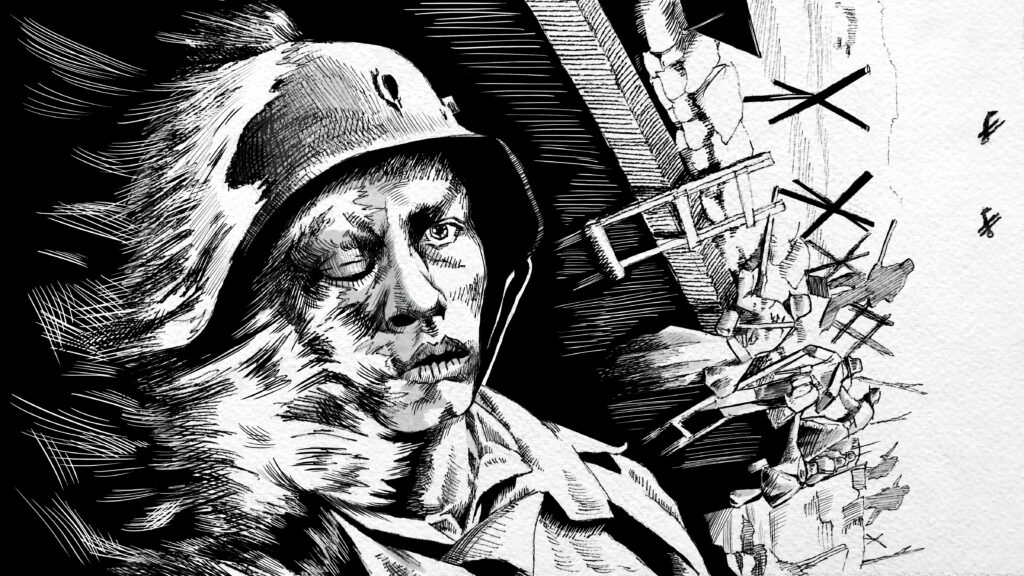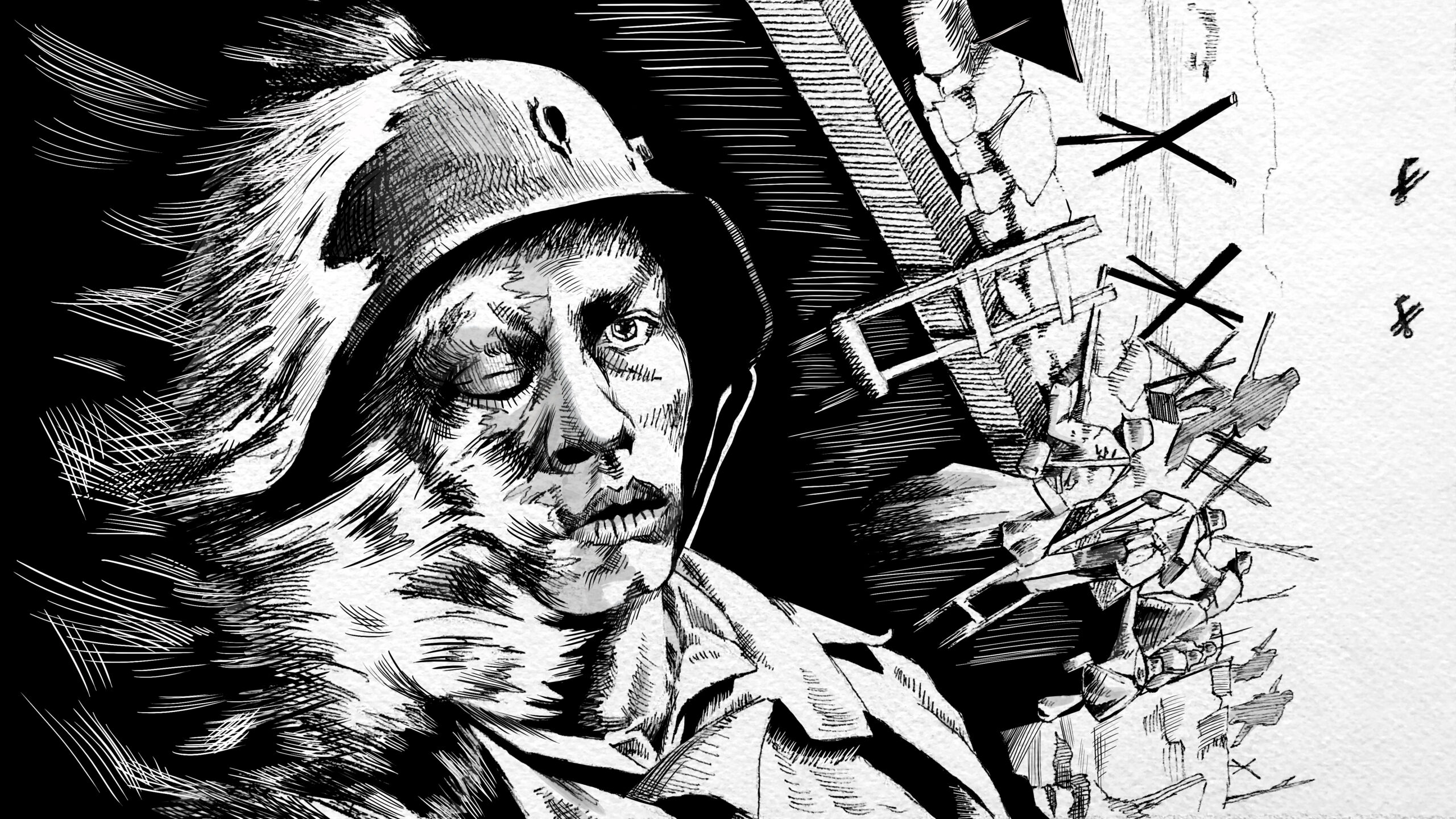“All Quiet on The Western Front”, A Beautiful Nightmare

I have always enjoyed war movies. The raw yet deep reality depicted in some war films I have seen always moves me. When I thought I had seen it all regarding this genre, “All Quiet on the Western Front” shows up and changes my perspective. Watching it was definitely one of the most genuine and cruelly profound experiences I have gone through regarding storytelling. “All Quiet on The Western Front” is the most recent adaptation of the book by the German World War I Veteran Erich Maria Remarque. The original adaptation was a 1930 film, which was the third-ever best picture Oscar winner, and the 1979 TV film adaptation won a Golden Globe for Best Motion Picture made for Television. The 2022 masterpiece of the film did not disappoint by winning 4 of the 9 Oscar nominations at the 95th Academy Awards. This movie was a profound psychological journey that depicted war as pure as it could be through the eyes of different individuals that went through the horrors of battle. In this review, I will share some aspects that made “All Quiet on the Western Front” a masterpiece.
The actors’ performance was the best thing that made the cinematic experience so accurate. The way they sell the characters’ reality and emotions is so tangible the audience can experience every single one of those emotions with the characters. When I think about war, the first thing that comes to mind is death and fear. It is a horrific tragedy; however, there is more to it than that. The actors did an excellent job of depicting the emotions a soldier can go through while serving. Fear, hunger, agony, desperation, longing, hope, joy, shame, love, mercy, and gratitude are some emotions the audience could empathize with the characters. Another aspect that caught my attention is that there are barely any women as part of the cast of this film. I was surprised by this; however, the lack of a woman figure in the movie could also push forward the reality of the time, how women could not serve in the militia and lacked rights. It also moves forward the emotional aspect the soldiers lacked without a woman figure they loved. This human vulnerability is one of the reasons that made the film so authentic and successful.
The cinematography, invisible visual effects, and overall set design made this picture a masterpiece. The crew built a whole set for the trenches, a significant part of most of the film. Cinematographer James Friend captures the essence of these beautiful sets by filming with a large and wide-scale approach. The purpose behind this was to capture the vast environments and the action and immerse the audience into the scene, whether it be soldiers running in the field or trapped in tight spaces. The cinematography made this horrific nightmare a beautiful masterpiece with composition, lighting, and color.
Nevertheless, this picture was enhanced by invisible visual effects. Most of the action and visuals were done practically with actual explosions, prosthetics makeup for gore, and special effects. However, harmony with digital post-production techniques was the key to bringing this film to life. Some critical aspects of digital visual effects were digital set extensions with matte paintings and real-time virtual production techniques, developing gore with green screen and digital assets, and adding red and orange to smoke for a more dramatic cinematic experience. I would call “All Quiet on The Western Front” the master film of invisible effects because post-production work was used as a storytelling tool to enhance the horror within this film.
Apart from the visuals, the soundtrack, language, and score of “All Quiet on the Western Front” was another critical storytelling tool. Based on composer Volker Bertelmann, the soundtrack is very archaic, with minimalistic elements that go directly into the audience’s ears. However, it also has a charm when it portrays both spectrums within the film: dark horror and bright hope. Whenever there was a very dark scene, the profound and severe score would vibrate in your ears, adding to the film’s fear and death element. Also, since this film is narrated from a German point of view, the language was an essential aspect of selling the film’s realism and believability by having French and German dialects.
Overall, I have to say that “All Quiet on the Western Front” is a visual masterpiece. The filmmakers and artists in this film beautifully portrayed the nightmares and horrors of war. If you are a film lover like me and want to experience this deep feature film, I encourage you to watch the Oscar winner, “All Quiet on the Western Front”, on Netflix. Feel free to wear headphones while watching it to immerse yourself in the auditory and visual experience this film offers.
If you want to learn more about the behind-the-scenes of this film feel free to watch the following video:
Illustration by: Ben Clarke
Art Director: Gab K De Jesus
